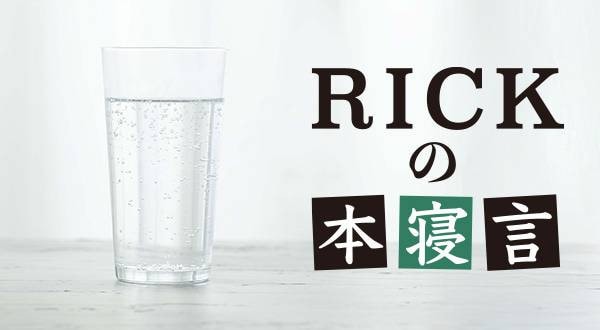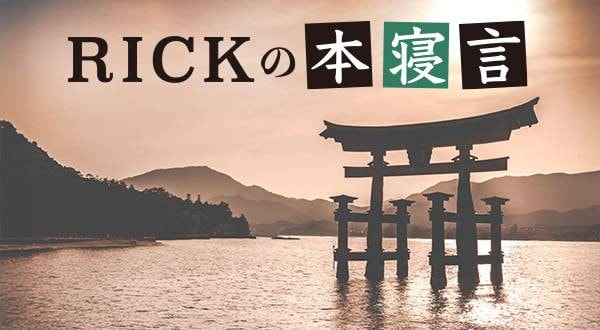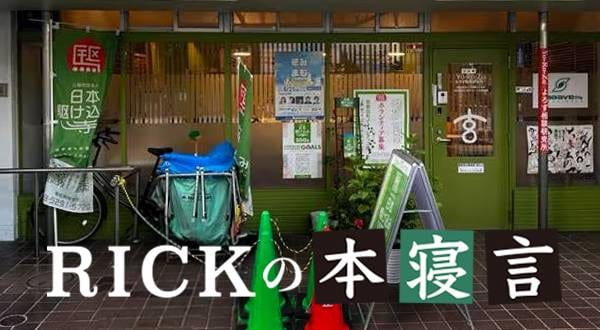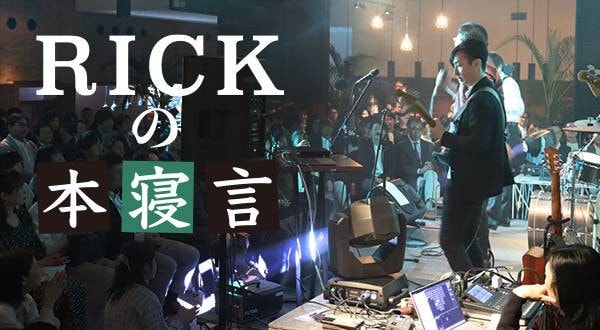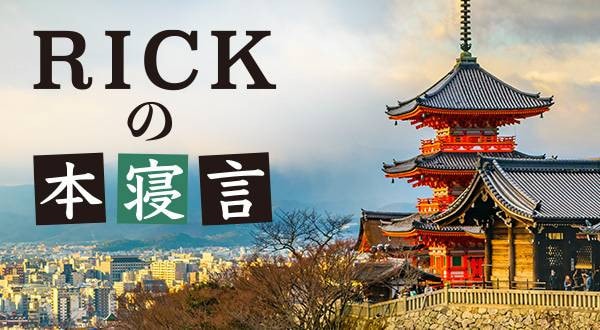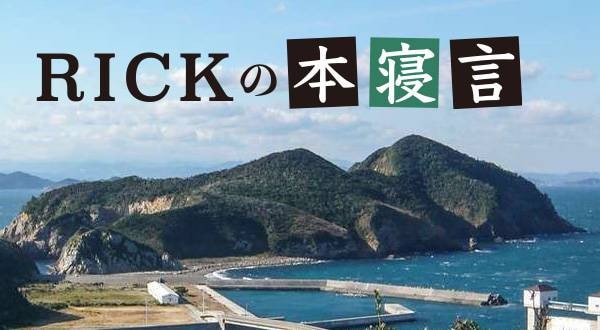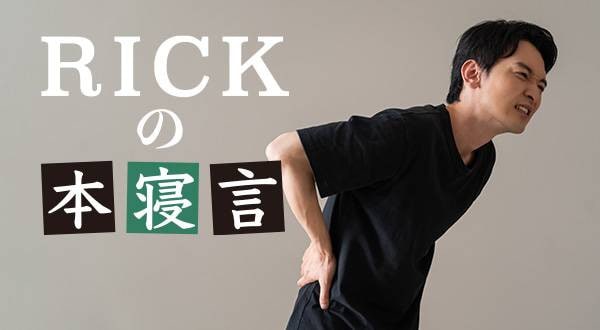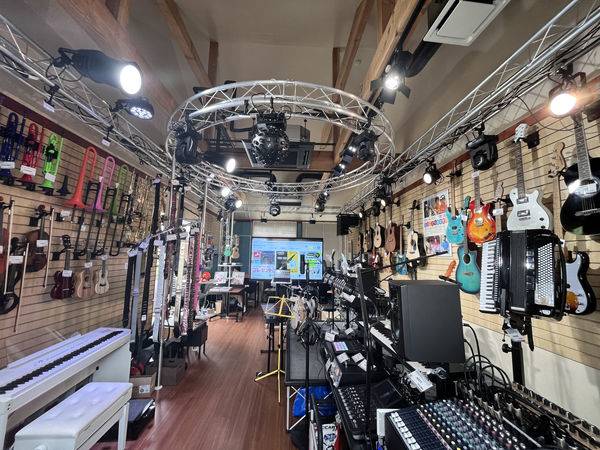 On August 29, Sandwich Man, a recent popular comedy duo on TV, will visit Sound House's Onagawa showroom when they record a program at Sea Palpia in Onagawa. They will also visit Onagawa Logistics Center, which is the pride of our company, and the former Onagawa Junior High School afterwards. We are overjoyed to hear this. The Sandwich Man duo is originally from Sendai City, Miyagi Prefecture. As residents of Miyagi Prefecture, they must have many feelings toward Onagawa Town, which was devastated by the earthquake and tsunami. We are grateful that they are planning to visit the Sound House facilities in Onagawa.
On August 29, Sandwich Man, a recent popular comedy duo on TV, will visit Sound House's Onagawa showroom when they record a program at Sea Palpia in Onagawa. They will also visit Onagawa Logistics Center, which is the pride of our company, and the former Onagawa Junior High School afterwards. We are overjoyed to hear this. The Sandwich Man duo is originally from Sendai City, Miyagi Prefecture. As residents of Miyagi Prefecture, they must have many feelings toward Onagawa Town, which was devastated by the earthquake and tsunami. We are grateful that they are planning to visit the Sound House facilities in Onagawa.
Why did Sound House set up in Onagawa in the first place? Once again, I would like to look back on the history of the company and deepen Sound House’s employees’ understanding. The encounter between myself, the founder of Sound House, and Onagawa lies in a chain of fateful connections. It all started with my mountaineering in the mountains of the Tohoku region. Then, in the fall of 2020, I was making weekly visits to the countryside of the Tohoku region, and while there I went on a trail run through the mountains from Aomori to Yamagata and Iwate, the highest peaks in the region. Climbing the mountains on my own two feet, looking over the landscape from the tops, and seeing the natural terrain with my own eyes, I felt as if I could be close to the thoughts of our ancient ancestors.
The last mountain that I had planned to climb in this round of the mountains of the Tohoku region was Kinkasan in Miyagi Prefecture. Kinkasan is located on an offshore island and is a small mountain with an elevation of only 444 meters. However, there is a Kinkasan Koganezan Shrine on the island, and many tourists visit the shrine by boat every year because of a legend that if one visits the shrine for three years in a row, he or she will have no trouble making money for the rest of his or her life. The mountain behind the Koganeyama Shrine is Kinkazan, the sacred mountain behind the Koganezan Shrine. Then, in late November, just as I was thinking I had no choice but to give up climbing the mountain because winter was coming early to the area, I suddenly learned that a warm summer day was coming on the 23rd.
A week after the successful completion of the Kinkasan climb, two strangers came to the Narita head office without an appointment. According to them, a person who runs a guitar repair store in Miyagi Prefecture wanted to establish a business partnership with Sound House. When we met the two visitors there, one was a bank branch manager. The other was the owner of the company. I asked, "Where are you from?” He said, "I'm from Onagawa! I immediately thought to myself, "Whaaat? I was in Onagawa a week ago!” I replied. Yes, I had spent some time in Onagawa, too, as I had to take a boat from Onagawa to go to Kinkasan.
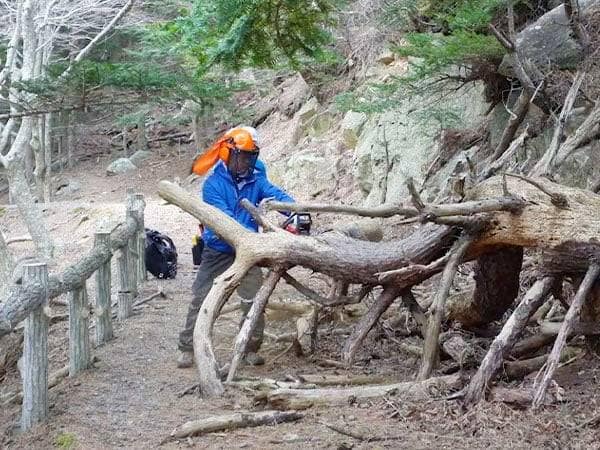 From there, the conversation proceeded at a rapid pace, and they listened to my reasons for climbing Kinkasan. It was not just a climb, nor was it an exploration. The purpose of the climb was clear: to investigate the condition of the mountains damaged by the earthquake, and to help clean up the island as needed. In fact, what we saw on Kinkasan were many fallen trees that had been completely untouched since the earthquake, and many of them were blocking the trails and the paths around the mountain. “How could climbers come here!" I thought to myself. So, I decided to volunteer to cut down the trees, and we made a plan to visit Kinkasan again before the end of the year. When I mentioned this to them, to my surprise, the bank manager said, "Let me help you as a volunteer!” I warned him that it was not going to be a simple job cutting through a road with nearly 200 large trees down, and that it would be physically demanding. But, he insisted, and a week later the two of us chartered a boat together to go to Kinkansan.
From there, the conversation proceeded at a rapid pace, and they listened to my reasons for climbing Kinkasan. It was not just a climb, nor was it an exploration. The purpose of the climb was clear: to investigate the condition of the mountains damaged by the earthquake, and to help clean up the island as needed. In fact, what we saw on Kinkasan were many fallen trees that had been completely untouched since the earthquake, and many of them were blocking the trails and the paths around the mountain. “How could climbers come here!" I thought to myself. So, I decided to volunteer to cut down the trees, and we made a plan to visit Kinkasan again before the end of the year. When I mentioned this to them, to my surprise, the bank manager said, "Let me help you as a volunteer!” I warned him that it was not going to be a simple job cutting through a road with nearly 200 large trees down, and that it would be physically demanding. But, he insisted, and a week later the two of us chartered a boat together to go to Kinkansan.
During the course of that volunteer trip, the story that was told to me during various conversations with the branch manager was one about the former Onagawa Junior High School. Onagawa Town advertised that they were going to sell some of the school buildings left behind by the earthquake. For some reason, I was intrigued by this story. Sound House's entire history has been based on the use of old buildings that had been vacated. When Sound House was first established, it was an 8-tatami-mat barracks hut of Yamada Clothing Store. After that, I rented the first floor garage and the second floor of a private house, and then, I rented an entire discount store whose building was on the verge of collapse. Next, we were allowed to use the two-story building of a closed supermarket as it was. The current headquarters is housed in a building that used to be a factory of an American semiconductor manufacturer, which was torn down and completely emptied. Based on this history of the company, we began to think that there might be a possibility for Sound House to expand in Onagawa as well, using the abandoned school.
 The location certainly doesn't exactly stand out. After all, it is a remote coastal country town. Moreover, there was only one road to get there, and the train had to be a diesel-powered train that took us from Sendai to Ishinomaki and back. Therefore, it did not seem like a good location for the logistics base for our company, which ships products all throughout Japan. Nevertheless, a number of attractive features came to mind. First, the size of the former Onagawa Junior High School is comparable to the land and buildings of Narita's headquarters. The large lot means that there is plenty of room for future expansion which is important. And, by operating in Onagawa, the company can create jobs in a depopulated area and make a contribution to the local community. This seemed to be an extremely important point. In addition, I was also interested in nurturing and educating children through music, so I was fascinated by the possibility of making Onagawa into a music town and town that could make a comeback.
The location certainly doesn't exactly stand out. After all, it is a remote coastal country town. Moreover, there was only one road to get there, and the train had to be a diesel-powered train that took us from Sendai to Ishinomaki and back. Therefore, it did not seem like a good location for the logistics base for our company, which ships products all throughout Japan. Nevertheless, a number of attractive features came to mind. First, the size of the former Onagawa Junior High School is comparable to the land and buildings of Narita's headquarters. The large lot means that there is plenty of room for future expansion which is important. And, by operating in Onagawa, the company can create jobs in a depopulated area and make a contribution to the local community. This seemed to be an extremely important point. In addition, I was also interested in nurturing and educating children through music, so I was fascinated by the possibility of making Onagawa into a music town and town that could make a comeback.
The only person who could make this big decision was me. As the founder and owner of the Sound House, I started the company in an old clothing store, then moved to a discount store, then a supermarket, then a semiconductor plant, moving company buildings from place to place as I grew the company, but was the former Onagawa Junior High School the ultimate goal of the company? It was a strange thing to think about. However, the hurdles of turning it into a distribution center were high. The cost of repairing the building would be unimaginably high, and the transportation costs for home deliveries were expected to be higher than in Narita or Tokushima. Moreover, the four-story school building naturally has no elevators. This would be a major disadvantage for logistics operations. The company needed to hire many people, but no one in the Onagawa area knew or had contacts. Therefore, they would have given up if they were normal. But, these people were not ready to give up, so they decided to give it a try! That is the good thing about Sound House. The responsibility is all on you. I was prepared to put my life on the line in this battle, and I took the plunge.
Since then, the Onagawa operation has not only built a logistics center for distribution systems at the former Onagawa Junior High School, but they have also opened the Onagawa showroom of Sound House in the Seapal-Pier Shopping Center in front of the station. The free music classes for children are also well underway. Both of these projects are still in their wobbly stages, but we look forward to their growth in the future.
We are proud of the fact that we are able to do things that ordinary companies would never touch, and yet we have produced results that have exceeded my imagination. We are proud to say that this is the true appeal of our company. Sound House has changed the music industry in Japan, and we cannot take our eyes off the work in Onagawa, which may be Sound House’s last challenge. The day when 1,000 shipments come from there every day may not be too far off.
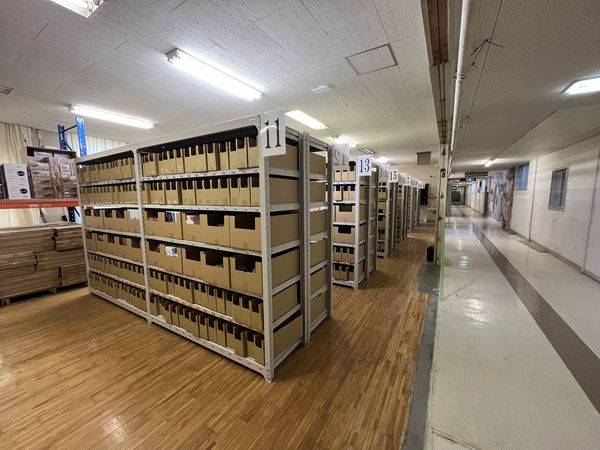
Distribution Center Built at the Former Onagawa Junior High School







